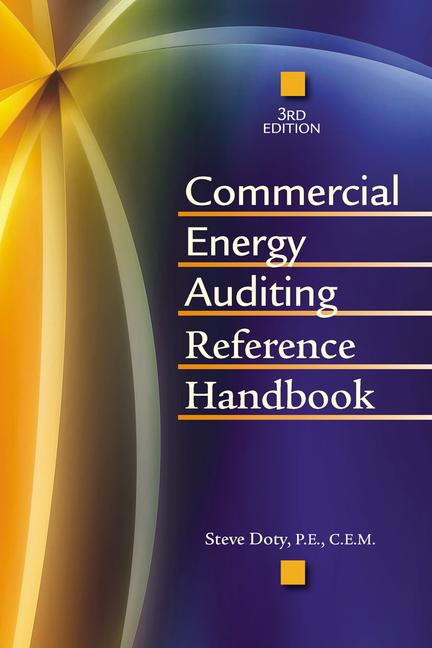The Advanced Energy Design Guide for Small Warehouses and Self-Storage Buildings, published by the ASHRAE, gives guidance to architects, engineers and others on building design teams on how to use best design practices to create energy-saving warehouses.
The latest publication in the Advanced Energy Design Guide series will help guide the construction of warehouses using off-the-shelf technology that can cut energy use 30% or more annually.
The Advanced Energy Design Guide for Small Warehouses and Self-Storage Buildings, published by the ASHRAE, gives guidance to architects, engineers and others on building design teams on how to use best design practices to create energy-saving warehouses. Written in partnership with The American Institute of Architects, the Illuminating Engineering Society of North America, the USGBC, and the U.S. DOE, the book is available for free in electronic form at www.ashrae.org/freeaedg. Hard copies are available for purchase in the ASHRAE Bookstore through the same Web page. The Metal Buildings Manufacturers Association (MBMA) contributed to the book’s authorship.
The book, intended for use by contractors, designers and owners of small warehouse buildings, covers an integrated design process for delivering energy efficient warehouses as well as sets of prescriptive requirements for efficient warehouses in each climate zone. Case studies of exemplary warehouse designs are also provided, as well as detailed “how-to” design guidance to help guide construction teams. Recommendations cover the subject areas of building envelope, lighting and daylighting, HVAC and service water heating.
The guide covers warehouses up to 50,000 sq ft and self-storage buildings that use unitary heating and air-conditioning equipment. Warehouse and storage buildings represent a significant amount of commercial floorspace in the United States and account for nearly 8% of energy use of in commercial buildings.
“The guide provides a clear, straightforward prescriptive path to meeting the 30% target savings,” said Ron Jarnagin, chair of the committee that wrote the publication. “Recommendations are easy to apply, allowing contractors, consulting engineers, architects, and designers to easily achieve advanced levels of energy savings without having to resort to detailed calculations or analyses.”
Get our new eMagazine delivered to your inbox every month.
Stay in the know on the latest HVACR engineering trends.
SUBSCRIBE TODAY!Copyright ©2024. All Rights Reserved BNP Media.
Design, CMS, Hosting & Web Development :: ePublishing





